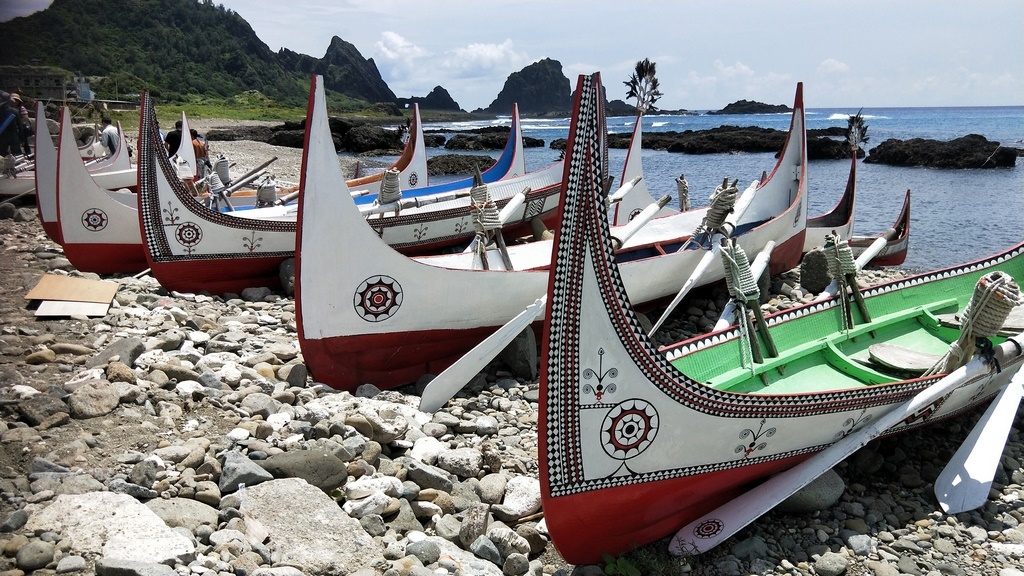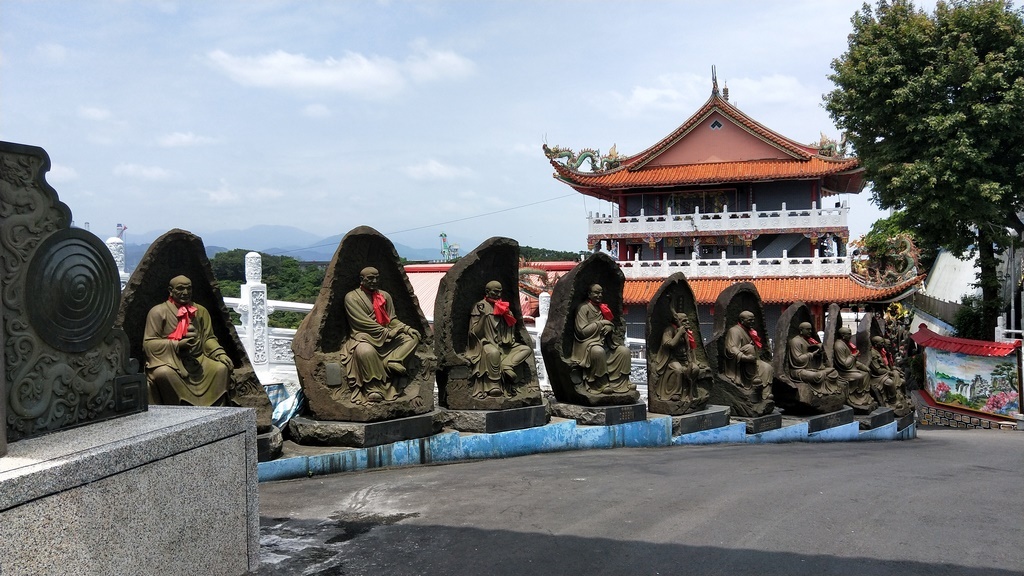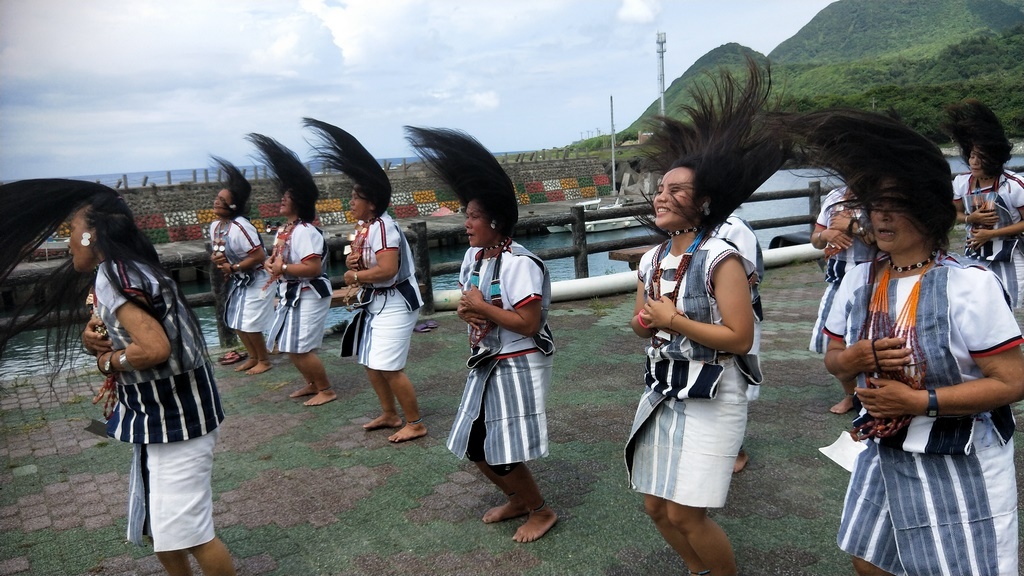Empty beaches, bioluminescent bays, historical battle fields, unusual geologic formations, unique cultural institutions, rare flora and fauna, the islands around Taiwan have a lot to offer as tourist destinations, although relatively few cruisers know that. Just as the North American market has the Caribbean, and the European market has the Mediterranean, promoters and developers hope to make Taiwan something similar for Asia.
Kenneth Keng, chairman of the Association for Cruises Development of Taiwan, calls it a cultural Galapagos deserving of both broad tourist attention and careful protection. The association combines tourism stakeholders, university officials, and government agencies to promote an eco-friendly, sustainable tourism model for the area.
“I want to expose more of the beauty of Taiwan. People don’t go because people don’t recognize it’s a beautiful island,” Keng said. “We need to also build up the regulations, the rules for the visitors, to protect the culture and the environment.”
Market
The timing could be right as the Chinese market alone is projected to reach more than 4 million passengers by 2025, more than doubling next year’s capacity, according to the 2020 China Market Report by Cruise Industry News.
The overall Asia/Pacific market has boomed in recent years, from 11 ships in 2009 with 52,417 berths to 40 ships with 66,156 berths in 2019. That follows a slight dip from 2018’s 71,000 berths. The market is predicted to rebound strongly to 49 ships by 2024, with 102,562 berths for a capacity of 6,728,069 passengers. Asia/Pacific makes up about 12.3 percent of the global cruise market share.

The problem for Taiwan, Keng said, is that the majority of that capacity is outgoing, not incoming. Developing a cruise program centered specifically around Taiwan and its outlying islands could build a domestic and inbound market.
Taiwan has 166 associated islands and atolls. Five island clusters relatively close to the main island have tremendous cruise ship appeal, he said.
“I plan to have five- to 10-night cruises, with multiple programs,” Keng said. “People are now focused on the Asian market.”
Military Islands
Just 10 miles or so off the Chinese coast, the Matsu islands were once a military fortification against forces on the mainland. Many of the old structures remain, including 256 tunnels that make for interesting hikes and boat rides. One such tunnel has been repurposed as a vast wine cellar.
A 95-foot-tall statue of the island’s mythological “mother ancestor,” Mazu, stands on a hill near the Blue Tear Museum, dedicated to a bioluminescent algae that lights up the coastline at night. The “blue tears” are a major tourist driver to the island. Even more rare, the island is one of the last nesting places of the Chinese crested tern, a critically endangered bird once thought extinct.
Not two miles from the Chinese city Xiamen, the Kinmen islands were also militarily important in the struggles between Taiwan and the mainland. The legacy continues in forts and armaments left behind. Craftsmen on the island have turned discarded cannon shells into a cottage industry by shaving the metal into sought-after knives.
The island is also known for its high-proof baijiu alcohol produced by the Kinmen Distillery since the 1950s.
Horseshoe crabs – living fossil arthropods far older than dinosaurs – roam the nearby seabed and a vast breadth of birds migrate through the island: croaking cormorants, rainbow-like blue-tailed bee eaters, and the crowned hoopoe with its distinctive onomatopoeic call.
Nature Islands
Roughly 15 miles east of Fugang, the port at Tai Lung, Green Island is a popular getaway for Taiwanese. Famed for its saltwater hot springs and rugged natural beauty, the island is also the standard bearer for Taiwanese democracy. The Green Island Human Rights Culture Park and other memorials are testament to the island’s former role as a prison for political dissidents.
Happier attractions on Green Island – also known as Ludao or Lu Tao – include pristine snorkeling and scuba diving, natural rock arches and hiking trails, the Lyudao Lighthouse, and an underwater post office like those off Vanuatu and Susami.

About 40 miles south lies Orchard Island – also known as Lanyu. Named for its lush landscape, the island is home to 35 plant species found nowhere else on Earth. Unlike elsewhere, Orchard Island is populated by the Tao people, an Austronesian ethnic group different from the Han majority in the rest Taiwan. The Tao offer visitors a glimpse of their unique boats, clothing, and underground houses made of stone slabs.
Snorkeling and scuba diving are exceptional here, as is the local delicacy of flying fish.
Archipelago
The people who first settled the 90-island archipelago of Panghu 5,000 years ago were probably more attracted by the abundant fishing than the azure water and white sand beaches. Times change. 16th Century Spanish and Portuguese explorers called the chain the Pescadores because of the fishermen. Since the 1990s, however, Penghu has developed a thriving tourism market. Many visitors come from mainland China, aided by a 2015 rule that allows for easy entry/exit permit applications upon arrival. Similar agreements exist for the Kinmen and Matsu islands. Manmade attractions include water sports, temples, museums, and historic sites. Nature provides geologic wonders like the great basalt columns locals call God’s Stone Sculpture Garden, and the massive Blue Cave or Blue Hole, a spectacular rectangular incision in a basalt sea wall within a national park on the southern Wang-an Island.
The islands are home to dolphins and whales, migratory birds, vast coral reef systems, and endangered green sea turtles.
City Ports
Itineraries could be triangulated by three ports on the Taiwanese mainland. Keelung in the north is the primary port for Taipei, just 14 miles away. Taichung, the mid-island on the west coast can also handle cruise ships. And Kaohsiung in the south is Taiwan’s largest port, one of the world’s largest container ports. Air travel between the three is easy, Keng said, if need be. A fourth Taiwan island port, Hualien on the east coast, could be added if needed.
“It’s a unique cruise destination,” Keng said. “This is a good destination to open up to new cruise operators.”




